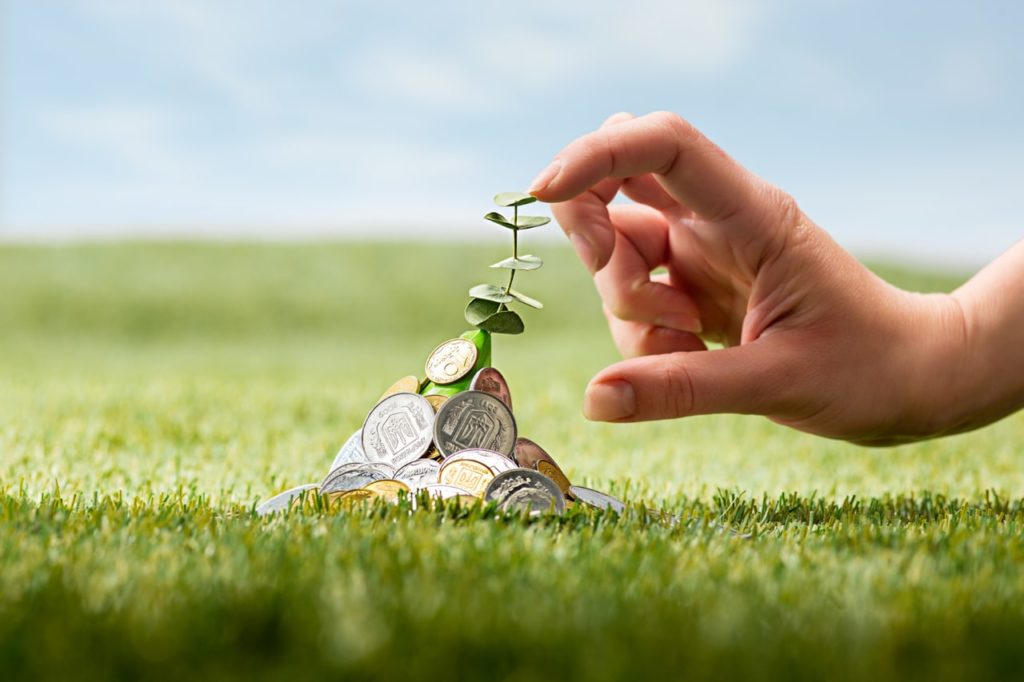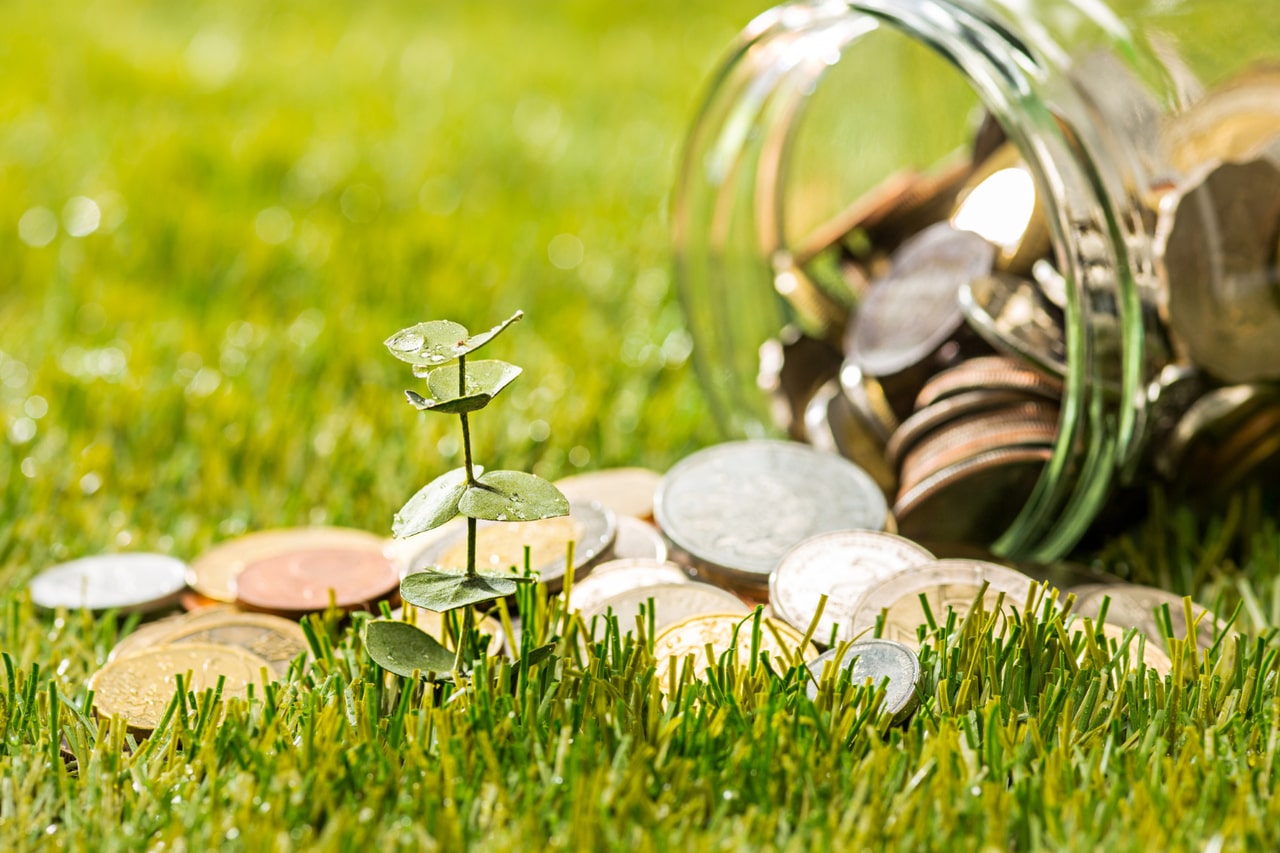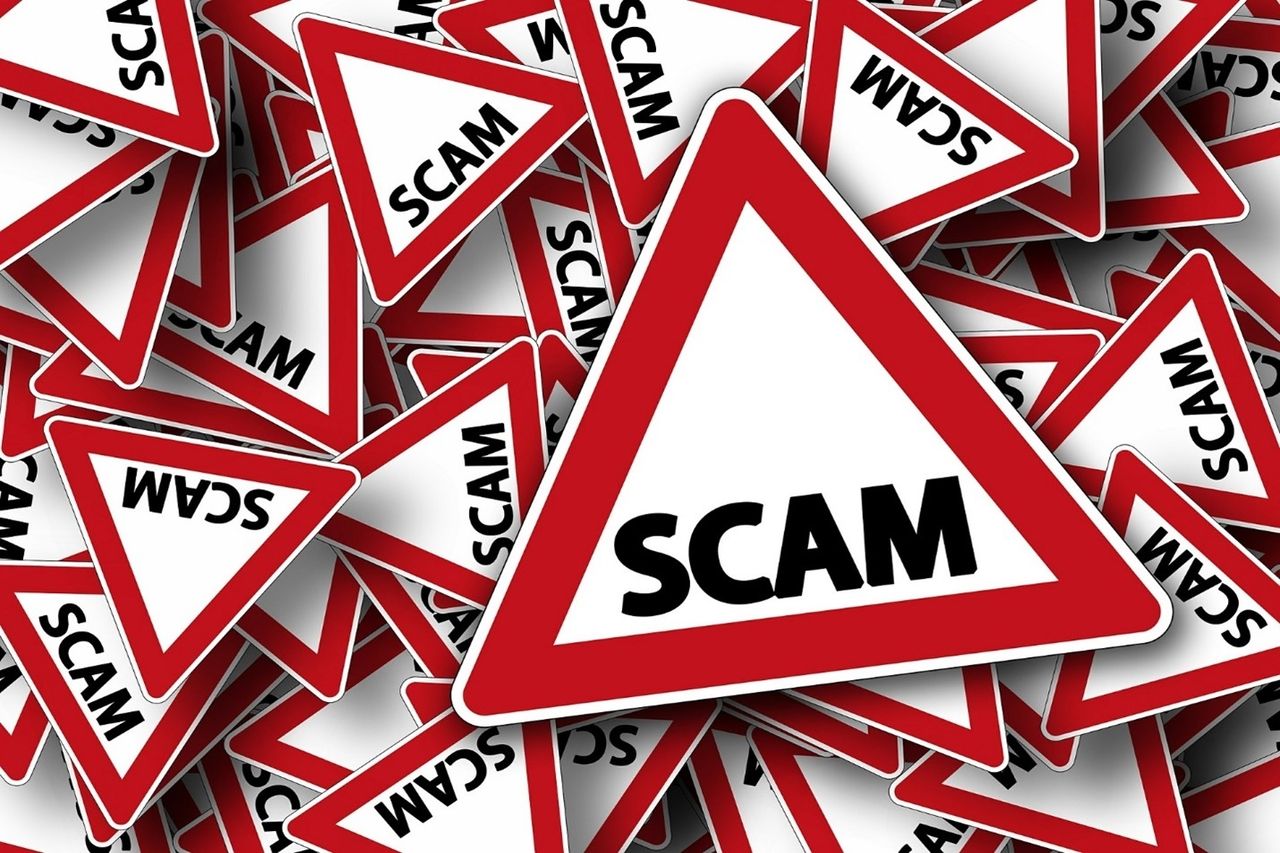What Is A Green Bond?
The green bond is a fixed-income debt instrument that can be used to fund environmental sustainability projects. Read this blog to know more about Green bonds.

Source: Freepik
As per the latest Annual Climate Report issued by NOAA, seven of the ten warmest years in history have occurred since 2014?
The impact of rising temperatures is monumental on the environment. It accounts for global warming and disturbs the natural balance by shifting the weather patterns and poses risks to all life.
Taking cognizance of the matter, it was in the year 2008 that World Bank issued its first Green Bond. Let us have a detailed understanding of this specific type of bond.
How Green Bond Came into Existence?
It is a fact that with the increasing levels of production, industrial revolutions, the setting-up of factories and manufacturing facilities, the environment has been degraded like never.
The glaciers are melting at a rapid pace. There is a visible increase in the overall temperatures of both ocean and land.
It was the year 2007 when alarm bells rang and prompted a group of Swedish pension funds to invest in projects committed to the overall development and welfare of the environment. However, there was no such facility back then, and they made a call to the World Bank Treasury.
The World Bank acted immediately upon such requests, and the effect was the first green bond in the year 2008.
How does A Green Bond Work?
A green bond is like the other fixed-income debt instruments issued proceeds collected from Green Bond you will use for funding the projects that lead to environmental sustainability.
The organizations issuing green bonds lend the proceeds for special projects having the following objectives:
- Reduction of carbon outputs and overall pollution control/ prevention
- Development of sources of renewable and efficient energy (also known as alternative sources of energy)
- Restoration of water habitats and all the water management projects
- Reinstation of biomes and natural habitats
- Development of clean transportation
- Construction of Green Building
- Careful management of land and the natural resources
The investors investing in green bonds earn regular interest income, calculated at a pre-determined coupon rate.
How Is the Rating of a Green Bond Decided?


After the World Bank set the trend for Green Bonds, a flurry of organizations issue them. Since a Green Bond is nothing but an earmarked debt instrument, it needs to get rated. Other bonds and debentures get their rating.
Hence, rating agencies assess the fundamentals of the Green Bond issuing companies and assign them ratings after considering their financial health and overall robustness. Thus, a green bond typically carries a similar rating by other company bonds.
For instance, the first Green Bond issued in 2007 got a AAA rating (highest safety of principal and negligible chances for default) from the European Investment Bank (EIB).
What Are the Different Issuers of Green Bonds?
As per a report issued by the Institute of Climate Economics in the year 2016, we have identified five diverse types of green bond issuers, which are:
- Municipal Green Bonds: Governments administered regions, cities, and municipal areas issue these bonds.
- Project Green Bonds: These bonds raise funds for the approved environment-friendly project(s).
- Corporate Green Bonds: the corporates and other business organizations that are usually backed by their balance sheets issue these bonds
- Asset-Backed Green Bonds: These bonds are collateralized, and in the event of default, an investor gets the money back from the sale proceeds of the collateral assets.
- S. S. A (Supranational, Sub-sovereign, and Agency) Green Bonds: Development agencies and international financial institutions issue these bonds, such as the World Bank, International Monetary fund (IMF), The World Trade Organization (WTO), Asian Development Bank (ADB), etc.


What Made the Green Bonds Popular?
Issuing debt instruments or bonds was not a new affair for the World Bank as it has been doing so since the year 1947. However, linking the proceeds collected from a specific bond was entirely new and was never tested before.
The World Bank recognized the growing need of the millennials to:
- Invest money in a safe place
- Earn regular returns from such investment and
- Gain satisfaction from the fact that they are investing their money to bring a positive change
The concept gained widespread popularity, and today the green bond market is well over USD 1 trillion.
What Is Green Washing?


To ride the rising popularity of green bonds, some organizations started an unethical practice of greenwashing.
In this, the issuer of green bonds conveys misleading information to the public to secure funding from the public concerning a project, which may not indulge in mitigating the several climate challenges.
It is no less than a dishonest way to raise funds from the environment-conscious investors intend to invest their money into projects support environmental sustainability.
What are the inaugural Green Bonds issued by the Government of Canada?
On March 23, 2022, the Government of Canada issued its first-ever batch of green bonds worth $5 billion. They committed the amount raised to:
- Development of the Green Infrastructure in Canada
- Activities performed to protect the environment
- Projects that will reduce global warming and restore normalcy in climate patterns
This issue has a triple-A credit rating with a firm response from domestic and international investors who want to make a change.



